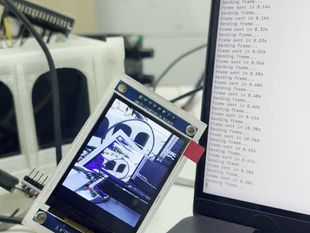
Deleuze - trapeze apparatus
APPARATUS CRITICUS (apparati critici)
from APPARO - to prepare (the thing having been prepared)
prepared, ready, having been prepared
supplied, furnished, having been supplied
magnificent, sumptuous, elaborate
VARIAE LECTIONES
STEMMA CODICUM (stemmata codicum)
Jenny Holzer: "Redaction Paintings"
Craig Dworkin - PARSE
microlinguistic reorganisation
meta-text becomes main text
Ed Atkins - alphabetical reorganisation of father's diary
Johanna Drucker – The Word Made Flesh, Diagrammatic Writing
visual compositions out of scholarly texts
"Apparatus as visual code"
Walid Raad / The Atlas Group
Amalia Pica – A∴B∴C∴
Martin West: Textual Criticism and Editorial Technique:
"Critical apparatuses have more than one use. The most essential one is to inform the reader which parts of the printed text depend on emendation and which parts are subject to uncertainty. But apparatuses are also what most people depend on for instruction about the character of particular manuscripts and scribes, and of manuscripts and scribes generally."
"objectivist language that obscures a basic aspect of the structure and
content of the critical apparatus, which is that it reflects the judgment of a single editor (or a single editorial voice) standing in to some extent for the scholarly tradition as a whole."
"This is thus a deeply subjective exercise even while it tries to deal with seemingly objective facts, and the same is true of reports of manuscript readings and conjectures"
What West might perhaps have said instead in the initial portion of his account of the function of the critical apparatus is that it represents in the first instance a catalogue of the evidence (generally confined to manuscripts and testimonia) taken into account by an individual editor in regard to the specific words or passages he or others have found problematic, along with notices of who has altered the text to make it read as it does now, sometimes accompanied by alternative proposals for correction."
Critical apparatus "exists to undermine the naive view": that The “rhetoric of the printed page,” as Keeline puts it, may encourage “only a binary, a simple ‘truth’ vs. ‘falsehood,’ -- in reality the decision may have been much closer"
“the apparatus is, in effect, an argument in condensed form that justifies the editor’s constitution of the text."


